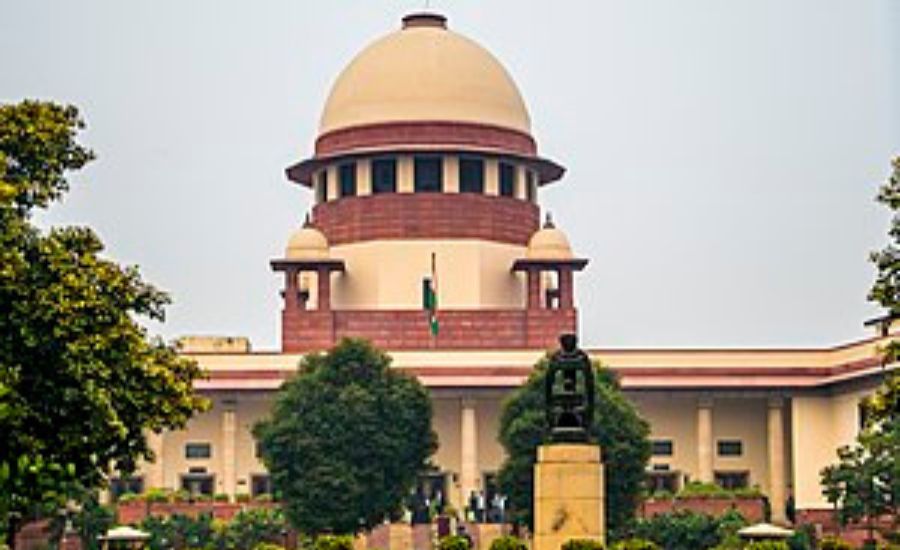
The Constitution of India 1950 frames a comprehensive architecture for affirmative action in India. A key element of this is the representation of members from marginalised communities in different organs of the State including the legislature, executive bodies and public services.
The Constituent Assembly, in its plenary debates and Committees extensively debated the need for ensuring representation of marginalised communities. Historical Constitutions (HCs) like the Sapru Committee Report (1945) and States and Minorities (1945) argued for aggressive representation of under-represented groups like the Dalit community in the legislature, executive and public services.
Strikingly, neither the Constituent Assembly nor the HCs ever considered affirmative action measures for the Supreme Court. No proposal, no speech, no constitutional document, it appears, even gestured towards the idea that the Supreme Court bench must be representative, reflect India’s social groups, or comprise historically under-represented communities. We cannot discern any reasons for this. However, we could speculate.
It might be the case that the intellectual discourse during the middle of the 20th century on questions of representation and diversity was limited to the legislature, executive and public services – which for the time was novel and radical. Maybe the judiciary was seen as an ‘expert’ institution and the appointment of judges had to be done purely on merit and ability, and there was no room for compromise on these criteria. This echoes the Law Commission which on several occasions has recommended that appointments should be solely based on merit and seniority and communal, political and regional considerations should be rejected.
And so, in 1950, when India got a Supreme Court, appointments were primarily based on merit and seniority. Predictably, the Court has more or less become an upper-caste male-dominated space. But in recent years, it appears that the Supreme Court has shown some self-awareness on the profile of its judges. In 2019, when the Collegium recommended Justice Gavai to be appointed to the Supreme Court, it stated, that it ‘kept in mind the desirability of giving due representation on the Bench of the Supreme Court, as far as possible, to all High Courts as wells as to all sections of the society including those belonging to SC/ST/OBC categories, women and minorities’.
In 2021, the President appointed 3 woman judges and many began to wonder if this was an attempt to improve the representation of marginalised groups in the Supreme Court. The judges of the Supreme Court are appointed under Article 124(2) of the Constitution based on the recommendations of a ‘Collegium‘ of Supreme Court judges. The processes and criteria that the Collegium adopts in appointing judges are not made public. In light of this, even if Collegium is attempting to improve the representative credentials of the Court, should we rely on the whims of this body?
Countries that have chosen to make their Supreme Courts representative, have encoded these into their laws and Constitutions: Section 64 of the Constitutional Reforms Act, 2005 of the United Kingdom, specifies the need for ‘Encouragement of diversity’. It states that subject to conditions of merit and good character, ‘The Commission, in performing its functions under this Part, must have regard to the need to encourage diversity in the range of persons available for selection for appointments.‘ The South African Constitution also requires that appointments of judges should reflect the racial and gender composition of the country.
Is it time that we now have laws that ensure that the Supreme Court is more inclusive and comprise all marginalised communities – not just gender diversity? There are challenges though to this approach. There already exists simmering tensions between the executive and judiciary in the appointment process. Legislative intervention could exacerbate these tensions and would be viewed as an assault on judicial independence and autonomy of the Supreme Court.
